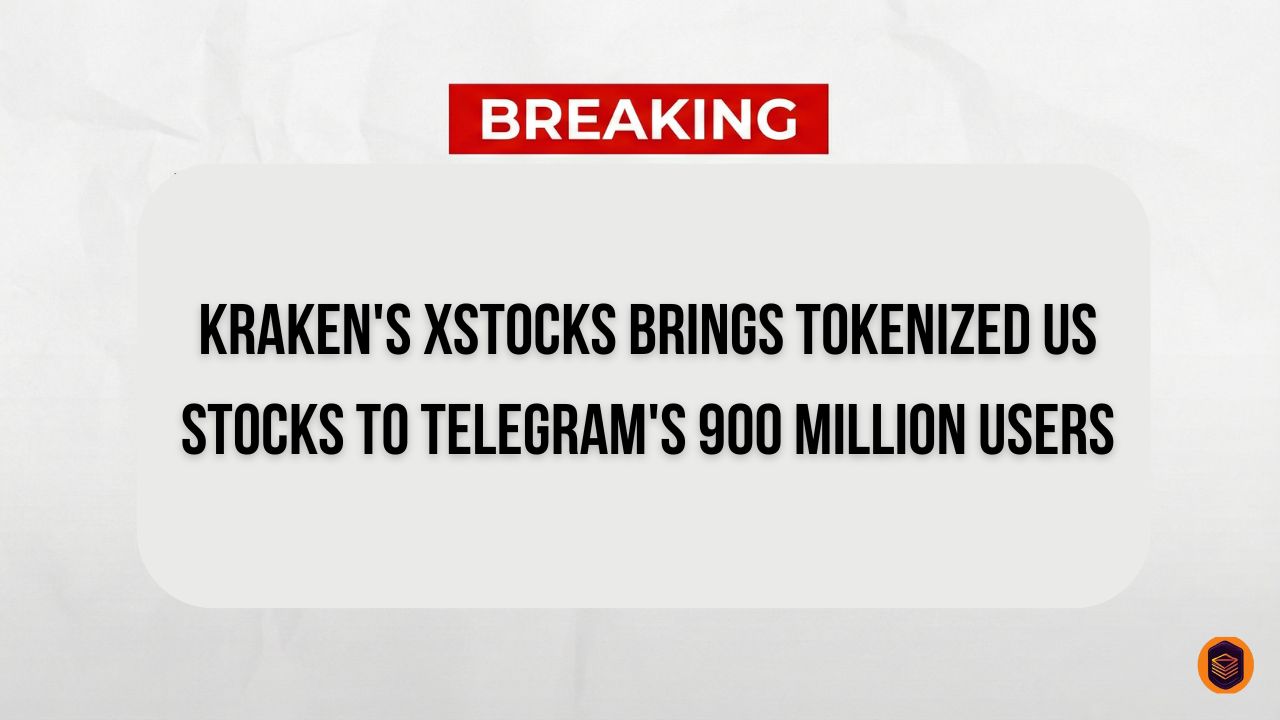The crypto market’s powerful growth engine has officially stalled. That’s the stark warning from top crypto market-maker Wintermute, which declared in a Nov. 6 report that the digital asset space is now trapped in a “self-funded phase” driven by “recycled liquidity.”
The firm points to a dramatic plateau in capital inflows from the three main arteries of crypto funding: stablecoins, exchange-traded funds (ETFs), and digital asset treasuries (DATs).
While trading volumes remain healthy, the lack of new money entering the ecosystem means the market is essentially just passing the same pot of cash around which proves a dangerous dynamic for anyone expecting a sustained bull run.
Here’s Why the Rally Ran Out of Steam

For months, traders have been scratching their heads. Despite bullish developments in blockchain infrastructure and growing adoption, major assets like Bitcoin (BTC) and Ether (ETH) have struggled to find directional momentum.
Wintermute’s analysis provides a compelling explanation in their latest report. According to their data, the explosive growth seen since the beginning of 2024 has hit a wall.
In that period, assets in ETFs and corporate treasuries soared from a mere $40 billion to a staggering $270 billion, while the total supply of stablecoins doubled to nearly $290 billion but that firehose of new capital has now slowed to a trickle.
“Liquidity hasn’t disappeared,” the Wintermute report states bluntly. “It’s simply recycling within the system instead of expanding it.” This creates what the firm calls a “player-versus-player” market. Think of it like a high-stakes poker game where no new players are joining the table. The chips just move from one player to another, leading to short, sharp rallies that quickly fizzle out and brutal liquidation cascades that punish over-leveraged positions.
It’s a market defined by volatility, not by fundamental, sustained buying pressure.
So Where Has All the Money Gone?
What I find most compelling about Wintermute’s take is that it doesn’t blame tightening monetary conditions. In fact, central banks are beginning to ease up after two years of aggressive rate hikes, and the aggregate money supply (M2) remains supportive. The problem isn’t the lack of global liquidity; it’s about where that liquidity is choosing to go. And right now, crypto isn’t the top choice.
With the Secured Overnight Financing Rate (SOFR) elevated and short-term rates high, investors are parking their cash in ultra-safe U.S. Treasury bills.
Why gamble on volatile crypto assets when you can get a guaranteed, attractive return from government debt?
This “safer bet” dynamic is siphoning off the fresh capital that would typically fuel the next leg of a crypto bull market.
Continuation of this might result in a crypto ecosystem left to feed on itself, with capital rotating from one hot narrative to the next such as memecoins to AI tokens and back again without any real, substantive growth in the total market value.
The Counter-Narrative: Whales Are Accumulating Quietly
But dig a little deeper, and you’ll find the story isn’t quite so simple. While Wintermute’s analysis of slowing inflows holds water, other experts argue that institutional players haven’t backed away at all. They’re just buying differently.
Rachael Lucas, an analyst at Australian crypto exchange BTC Markets, told Cointelegraph that large entities are still “doubling down” on their Bitcoin positions. The catch? They’re doing it through over-the-counter (OTC) deals.
This is a crucial distinction. OTC trades are massive, private transactions that occur off the open market to avoid causing price volatility and slippage. Lucas describes it as a “quieter form of accumulation.”
This theory is supported by a recent Bitwise report from Oct. 15, which found that 48 new corporate Bitcoin treasuries have emerged in just the last three months. So while retail and ETF inflows might be stalling, the big money is still moving in, albeit silently. This institutional accumulation may be building a strong floor under the market, even if it doesn’t translate to immediate, explosive price action.
This pattern has occured before. Technology and development race ahead, but price action remains frustratingly range-bound until a catalyst reignites capital flows.
Wintermute correctly identifies what traders need to watch: a revival in any of the three key liquidity channels. The next wave could be triggered by a new slate of ETFs, a significant uptick in stablecoin minting, or a fresh wave of corporations announcing Bitcoin on their balance sheets.
Until one of those dominos falls, traders should brace for more of the same. This is a market for nimble operators who can capitalize on short-term volatility, not for passive investors expecting easy gains.
While the fundamentals of blockchain technology remain as strong as ever, Wintermute’s report makes painfully clear, fundamentals don’t pay the bills. Liquidity does. And until fresh liquidity returns, the crypto market will remain a battleground fought over the same pool of capital.
You can also join our Telegram community where you can learn all you want to know about the cryptocurrency space, defi, web3, and airdrop opportunities and also have access to live AMA sessions from experts, click the button below to join Dipprofit Telegram Community
Discover more from Dipprofit
Subscribe to get the latest posts sent to your email.



